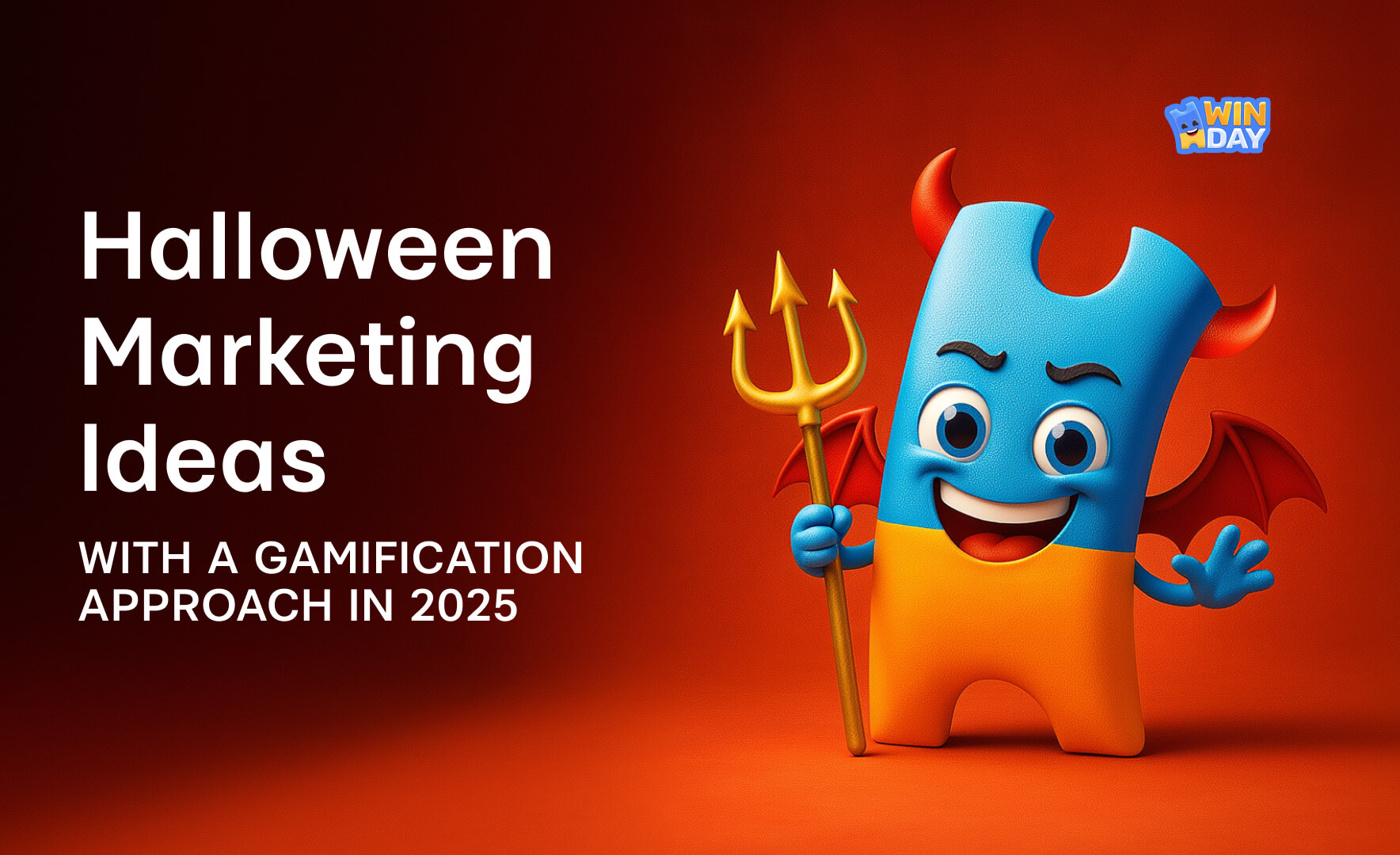Sales Promotion Ideas and How to Enhance Them with Gamification
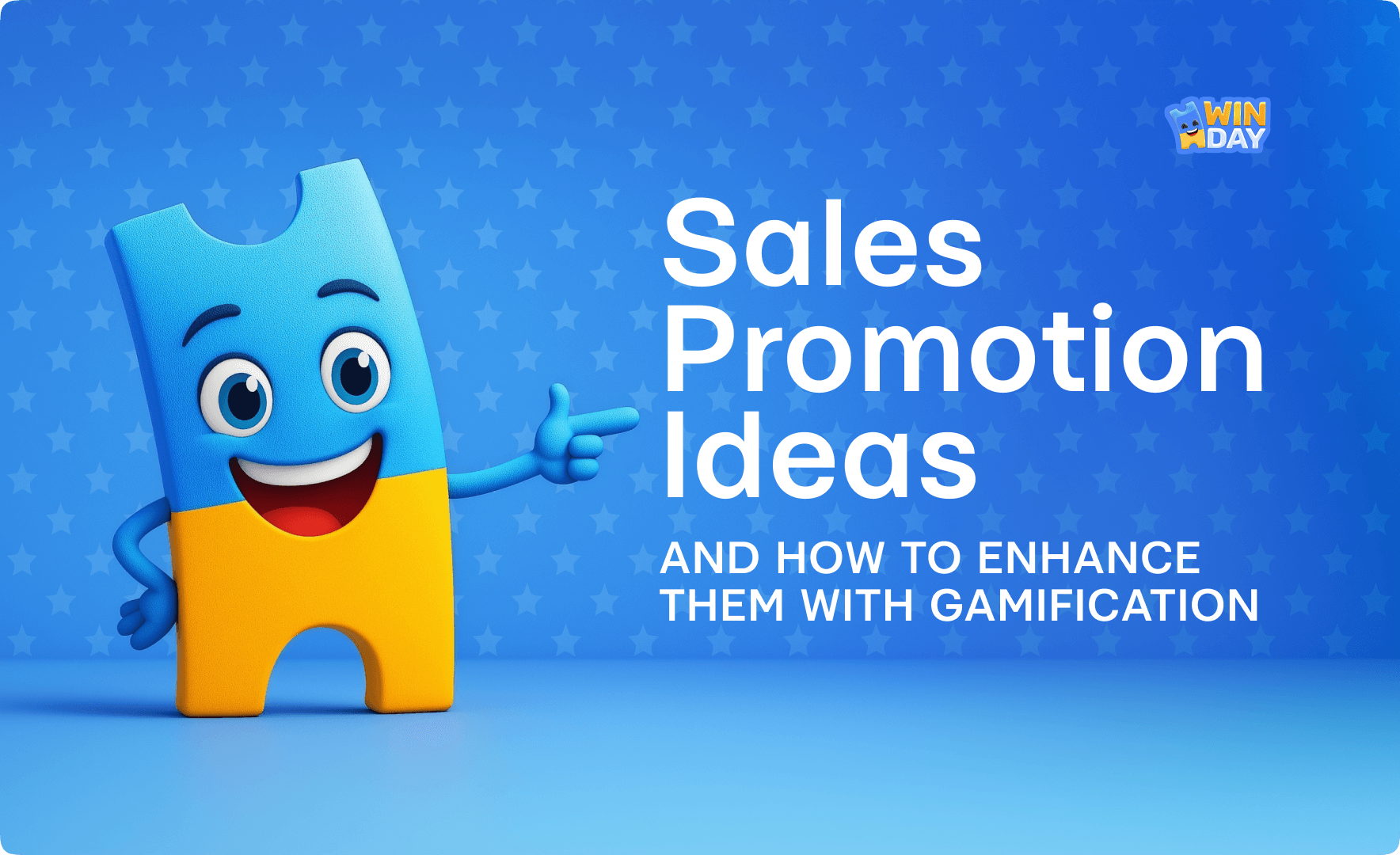
Sales promotions have always been a reliable way to spark action. A small discount here, a limited-time offer there, and then people are clicking “Buy Now”.
The fundamentals haven’t changed. But the way customers respond to them has. Traditional tactics like:
- Coupons
- Contests and giveaways
- Buy One Get One (BOGO) deals
- Loyalty perks
…still work, but only if they’re done with intention.
Winday, however, brings to these timeless classics a bit more.
Without replacing what already works, Winday adds a layer of gamification to your promotions. Thanks to Marketing Instant Games and Branded Tournaments, brands can introduce interactive experiences that drive engagement and sales at the same time.
For example, Instant Games are proven to drive a 49% engagement rate and 3x longer interaction than passive advertising. Tournaments, on the other hand, boost repeat visits by 6x and result in 50% of participants making a purchase.
In this article, we’ll break down classic and modern sales promotion examples and show how to upgrade them using gamified mechanics that make customers not only purchase but participate.
Here’s what you’ll learn:
- The most effective sales promotion tactics brands use today.
- How gamification increases engagement, time on site, and ROI.
- How Winday’s Instant Games and Tournament mechanics enhance traditional promotions.
- Smart, real-world marketing promotion examples you can apply.
- How to turn your offers into creative sales ideas that customers notice.
- Fresh promotional ideas to increase sales without raising your discount.
What is a Sales Promotion?
Sales promotion is a short-term tactic designed to spark immediate interest in a product or service.
Broader marketing strategies focus on long-term brand building, but sales promotions are designed for quick results: more clicks, more carts, more conversions.
Typical sales promotion campaigns are used to meet specific business objectives. For instance, increasing conversions during a seasonal push, moving excess inventory, attracting new customers, or increasing average order value. These campaigns usually have an inherent sense of urgency: the offers are time-sensitive, deals are exclusive, or there are limited-quantity rewards.
But the market has changed, and it continues to change at a very quick pace. With urgency alone, no matter how advanced your examples of promotions are, you won’t interest people that much. Modern shoppers are used to getting offers, and they expect them all the time. What works better these days to actually interest them is personalization and interactivity.
That’s why it is smart for modern brands to combine traditional promotion examples in marketing with gamification mechanics. It removes the sales pitch part that many people find annoying and brings genuinely engaging moments.

How the gamification market value has changed over the years.
10 Sales Promotion Examples with Gamification
Examples of promotions in sales vary a lot, but at their core, they all come down to one simple aim: to nudge customers into action. Some target impulse buyers with time-limited offers; others focus on loyalty, encouraging repeat purchases over time. There is not just one right approach. It all depends on your audience, product type, and campaign goals.
In this section, we’ll break down ten proven product promotion examples and show how adding gamification with Winday can turn each one into a higher-engagement, higher-conversion campaign.
Coupon Sales Promotion & Discounts with Gamified Campaigns
Definition & Use Case
Coupons and discount codes are among the most recognizable sales promotion examples. Everyone knows about them, and probably has used them in supermarkets or online. Actually, nearly two-thirds of U.S. shoppers hunt for promo codes and coupons before making an online purchase.
Most often, they offer a percentage off, a fixed-amount discount, or “buy more, save more” deals. They’ve long been used to boost short-term conversions, move seasonal stock, or reward loyal customers. This format has proven its ability to get customers to act quickly across absolutely different industries, working equally well.
For example, McDonald’s offers a lot of coupons and deals in the app. Moreover, McDonald’s continues to run one of the most successful gamified programs ever – their Monopoly campaign, which has been going strong for 37 years.

McDonald’s free large fries discount.
Challenges with Traditional Coupons
However, there’s a big downside. All these promotions become easily unnoticeable and simply invisible for most customers.
The “10% OFF” banner is an example of coupons in sales promotion. However, since it is static, it might be hard to make one actually stop and study for a moment because it is mixed with an overabundance of digital content around. Plus, there’s really nothing very interesting about it.
Overuse of these sales promotion campaigns leads to discount fatigue, and customers are no longer buying at full price; they are just waiting for deals. Even smart coupon sales promotion strategies risk under-performing if they feel too predictable. And mostly, they are.
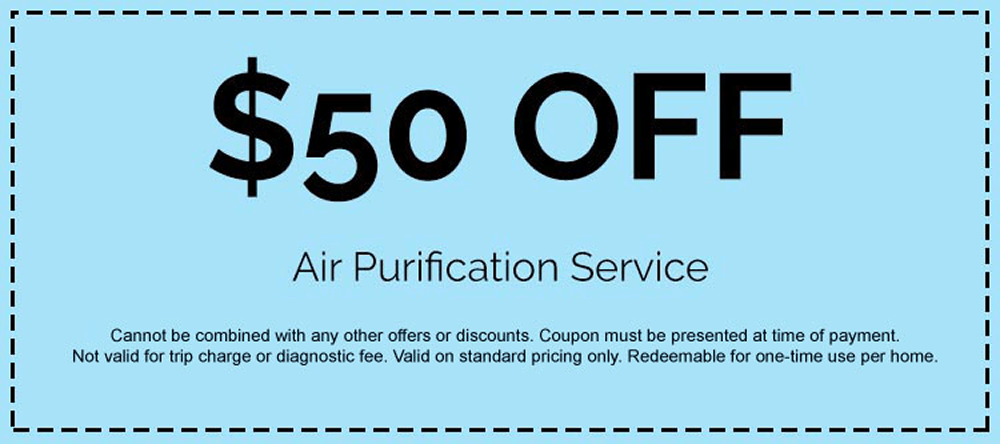
The example of coupons in sales promotion.
Gamification Angle with Winday
Gamifying coupons successfully deal with the challenges we have just mentioned. It makes a passive offer that might not really interest anyone in an already crowded online space, into a more interactive challenge.
For example, Winday’s Instant Games make the reward feel earned, which, in turn, increases perceived value and redemption rates. And by publishing gamified coupon campaigns on Winday Club, you tap into a built-in audience actively looking for promotions, giving your offer organic reach. Plus, you don’t have to worry about heavy ad spend. With Instant Games, all your sales promotion examples, no matter where you borrowed them from, can bring high results.
It’s no wonder that businesses use gamification to boost their customer engagement; studies show they see at least a 30% increase. Extraco Bank, for example, saw a 700% boost in customer acquisition thanks to adding gamification techniques.
Practical Suggestions
For coupons, quick-win formats are the best option. You can use types of games like Match 2, Match 3, Bubble Shooter, Draw 3, or 2D Shooter. Rewards can be tiered:
- Small wins give modest discounts.
- Big wins open up larger savings.
This structure keeps players engaged, but it does even more than that: it transforms basic promotion examples in marketing into moments that people will share (or invite friends to participate, too), and that amplify your reach.
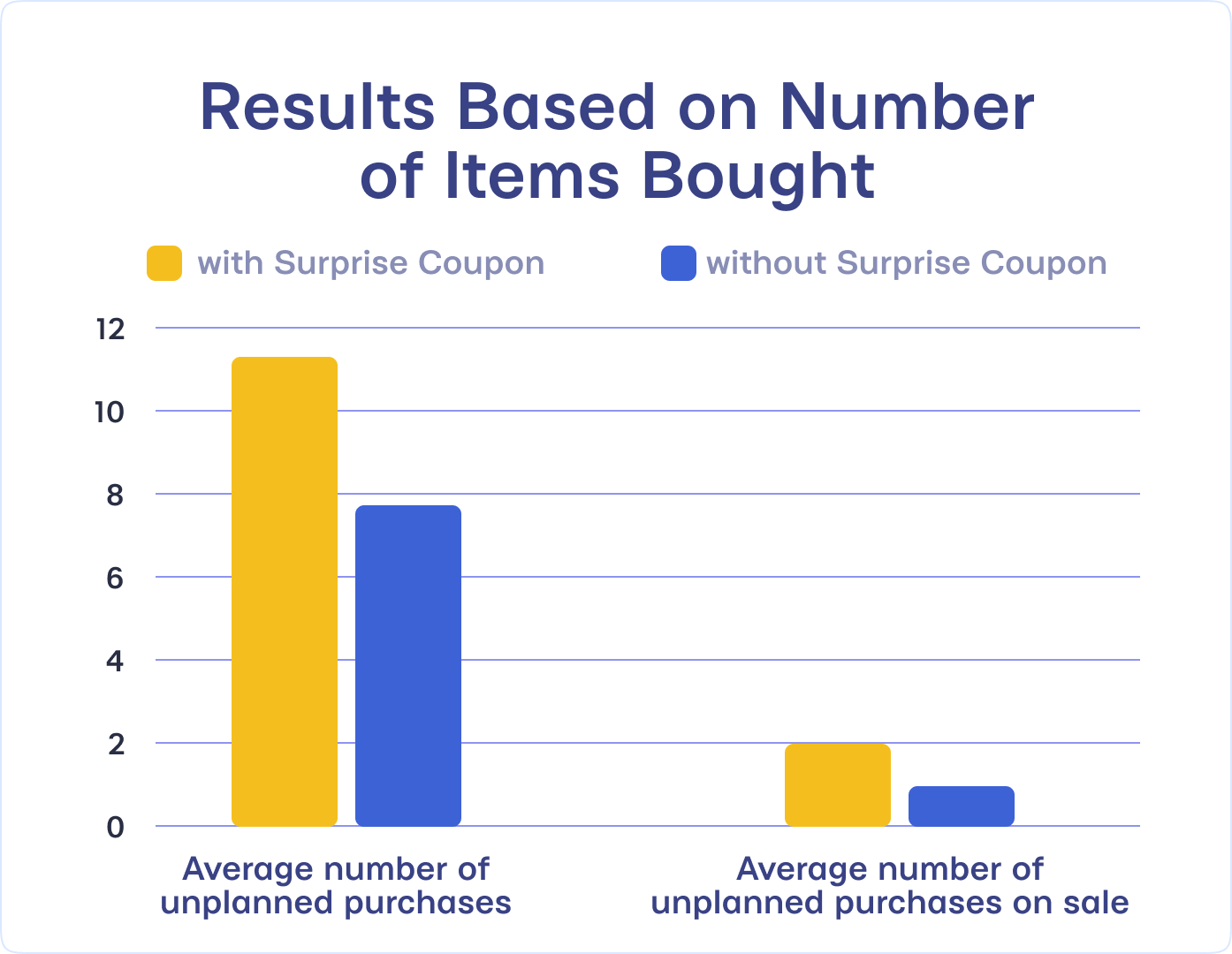
How a coupon sales promotion affects purchases.
Challenge for Valuable Prizes
Prize draws are a proven way to bring new eyes to your business. You can experiment with any creative sales ideas here, though popular choices include branded merchandise and universally appealing rewards. In any case, the psychology behind gamification in successful marketing promotion examples is simple: people love the thrill of winning, and they’ll often go the extra mile for a shot at something valuable. This makes them one of the more versatile promotional ideas to increase sales, especially when you pair them with interactivity.
What can you do with Winday’s Branded Tournaments? Take a simple prize draw and create an ongoing challenge that keeps participants engaged for days or even weeks. Here’s how it works:
Create the Tournament
Inside Winday, set up your tournament and list the prizes; anything from exclusive brand swag to high-demand electronics (or whatever you can offer). Clear prize details evoke excitement, motivating people to join.
You can watch a step-by-step tutorial to create a branded tournament game quickly:
Add Booster Codes
Booster Codes are a very important part of the game setup that affects how people will engage with it. When a participant activates one, their points in the tournament can be multiplied by 2, 5, or even 10 times. That instantly gives your audience an edge. Or, to put it differently, this adds strategy to the fun.
Set the Conditions to Earn Booster Codes
This step is important for the whole customer engagement marketing strategy. For example, you can ask to do something from the following:
- Customers purchase in your online store and you provide them with a Booster Code.
- They subscribe to your social media channels, and you DM them a code.
- They share the tournament link with friends to unlock extra codes.
Each action not only increases the participant’s chances of winning but also drives measurable results for your brand.
One good product example is actually a Tournament launched, check the Winday Club Brand page.
It is very easy to join:
- Go to Winday Club.
- Find Brand “Winday Club” or Tournament in the search bar.
- Play the game as many times as you want, climb the ranks, and win!
If players want to climb forth faster, they can:
Use booster codes to increase points x5. This is a simple and effective way to add boosters and motivate people to join.
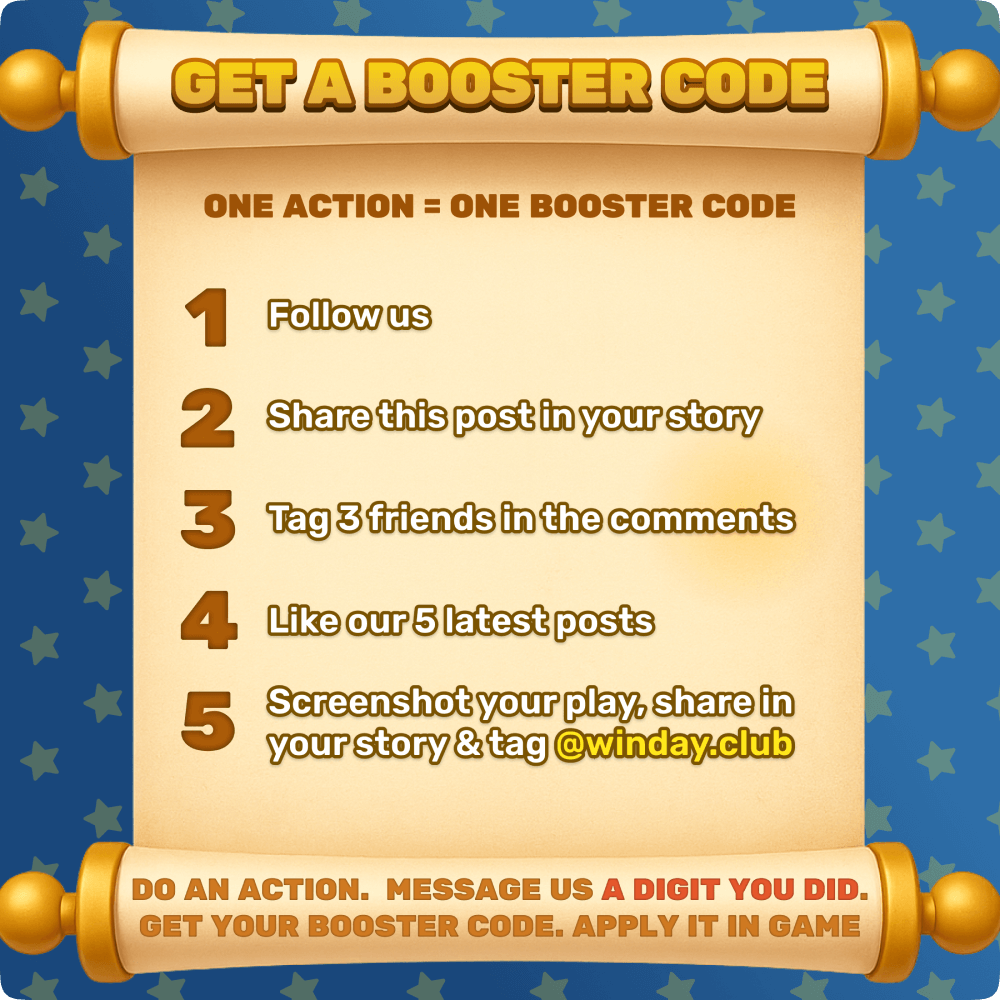
Play, Compete, Win
Participants earn points by playing, checking their ranking, and coming back to improve their score. The more they engage with your brand, the higher their chance of winning.
Practical Suggestion:
You can add a lot of different prizes and marketing promotion examples:
- Experience-based prizes, event tickets, VIP access.
- Thematic prize bundles like “Summer Adventure Pack”.
- Leaderboard reset strategies to keep engagement high.
📘 Tip:
Choose prizes that correspond to your brand identity. A high-value but irrelevant prize may get entries, but it won’t necessarily attract your ideal customers. Think of rewards your target audience would actually use and talk about.
BOGO & Bundle Offers
Definition & Use Case
BOGO stands for “Buy One, Get One”. It is a classic retail strategy where customers either get a second product free or at a significant discount. Bundled offers work similarly, combining multiple products into a value pack. For example, “buy X and get Y free” or “get all three for $29”. Subway is known for launching limited-time BOGO deals, offering an addition to your purchase by using a promo code.
Both tactics encourage larger cart sizes and faster decision-making, and that makes them some of the most widely used product promotion examples in e-commerce.
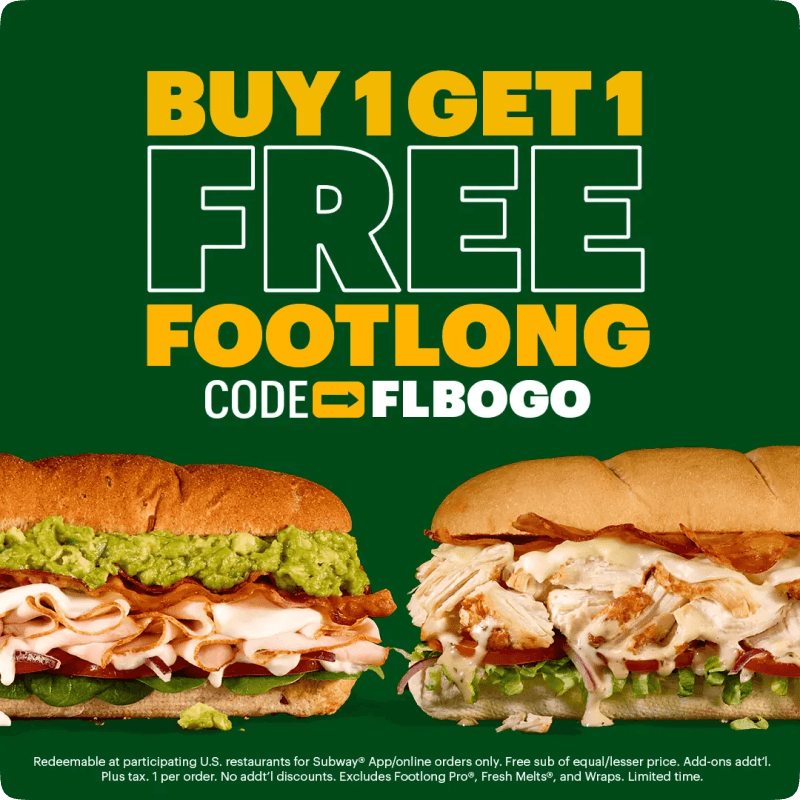
Subway’s BOGO deal.
Limitations of the Traditional Approach
Yes, these promotions are effective, but they have one downside: they’re static. A banner on a product page or a line in a newsletter is unlikely to create the urgency or emotional engagement needed to get customers to act quickly. And, as we have mentioned at the beginning of this article, without urgency, people might just miss these sales promotion tactics.
In many cases, people overlook them simply because the offer isn’t highlighted interactively.
Gamification Angle with Winday
Winday’s marketing tools make these marketing promotion examples more than just a line of text. With Instant Games, you can require players to complete a quick challenge to “earn” the BOGO deal or bundled offer. For example;
- A simple “beat the score” game could grant access to the basic BOGO deal.
- Achieve a higher score, and the customer gets an upgraded version, BOGO plus free shipping, or a mystery bonus item.
Alternatively, running the offer as part of a Winday Tournament adds competition. The top players could get an exclusive, time-limited bundle pack. Usually, it is quite a straightforward discount that is plain and not very interesting. However, the Winday Tournament is one of the more creative ways to promote a product and keep people interested in the process.
So, what’s working here? Essentially, you are turning bundle access into a win rather than a given. Plus, you increase the perceived value of the deal.
This not only helps move inventory faster but also positions the campaign as one of your best sales promotions for engagement and conversions.
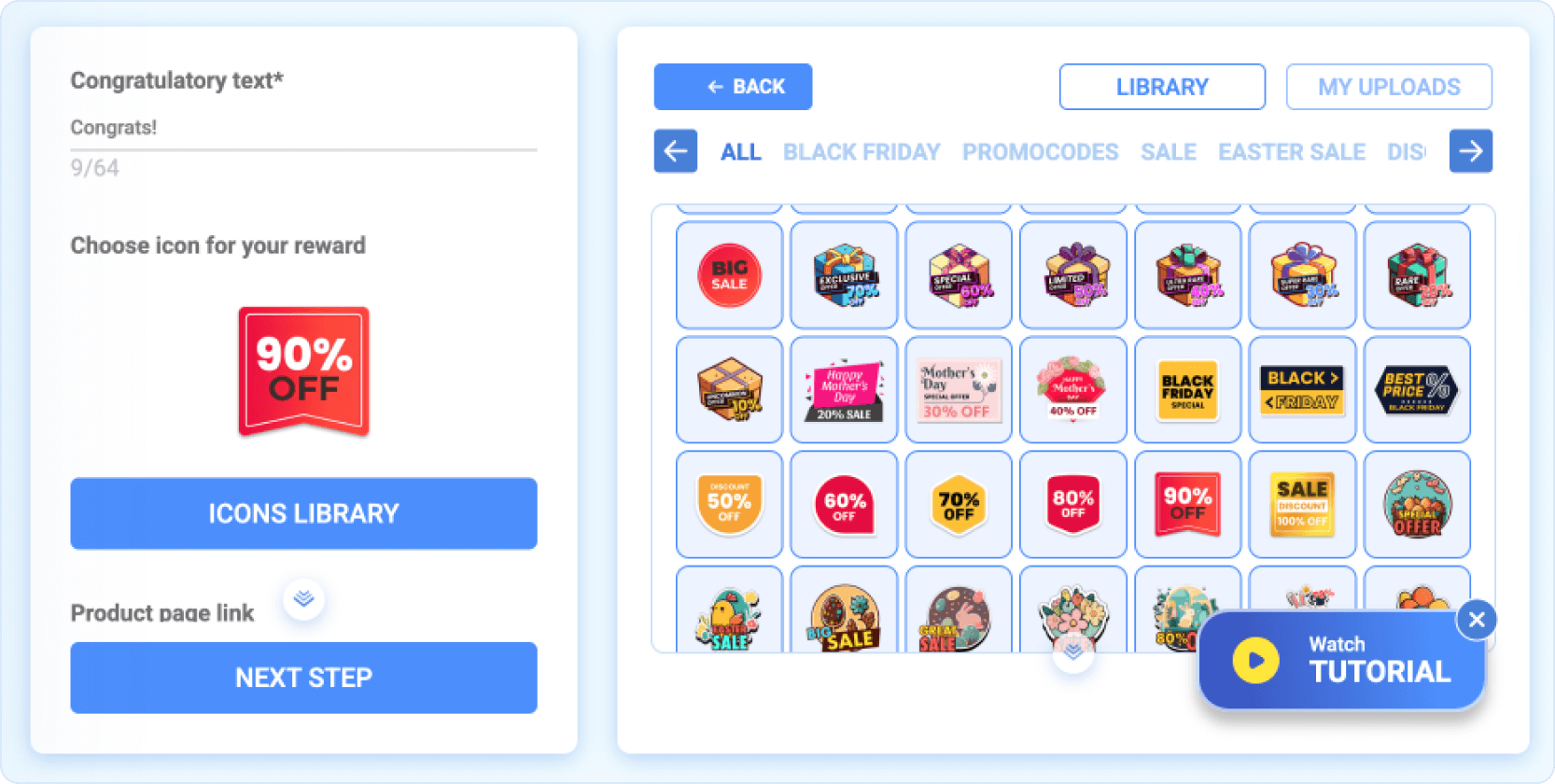
A selection of reward images available on Winday for BOGO promotions.
💡 Did You Know?
Studies show that adding a small interactive challenge before revealing a BOGO offer can increase customer engagement time by over 50%, giving your brand more opportunity to make an impression.
Free Gift with Purchase
Few marketing hooks are as timeless as the “free gift with purchase” deal. Beauty brands use it to move stock, fashion labels to sweeten high-ticket buys, and lifestyle brands to boost average order value. The concept works because humans love a bonus. And if it “unlocks” something extra, everyone loves it even more.
Definition & Use Case
A “free gift with purchase” offer gives customers a bonus item when they buy something, usually after meeting a minimum spend threshold. It’s a staple in the beauty sector, apparel, and lifestyle. It’s not one of the most creative ways to promote a product, but definitely a generous one.
For example, Estée Lauder’s free gift with purchase offers shoppers great value when they buy top beauty and skincare products. Often, these promotions let customers choose items for their gift, which could be bestselling makeup or skincare.
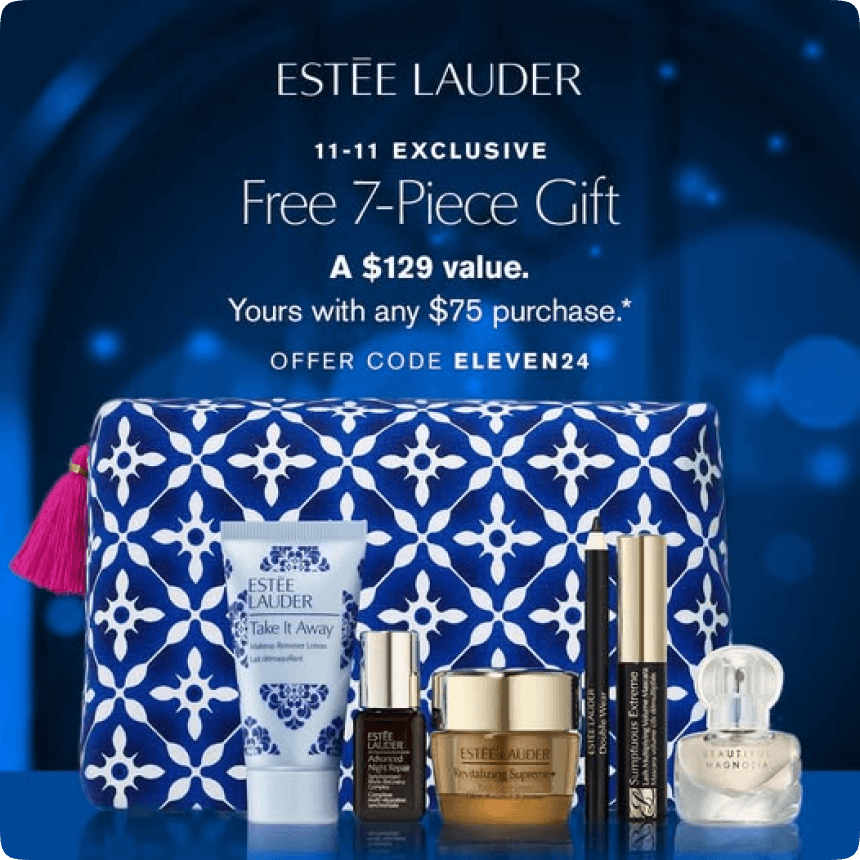
Estée Lauder’s free gift promotion.
Traditional Limitations
Of course, this approach is effective at driving conversions. However, it can become predictable. If the gift lacks perceived value or novelty, the promotion risks being similar to other offers from competitors. The static nature of the transaction also limits opportunities for active customer engagement before or after the purchase.
Gamification with Winday
Winday’s gamification layer makes the “free gift with purchase” different. It’s no longer static and predictable, which often makes us double-think the choice in doubt, but rather an interactive customer experience:
- Pre-purchase engagement: Customers can participate in branded instant games to unlock their gift. In this way, you will create anticipation before the transaction is even made.
- Tiered rewards: Different game outcomes can yield different gifts, allowing brands to control costs but still offering variety.
- Inclusive win structure: If you make sure that every participant wins something, even at a lower tier, you can increase satisfaction and participation rates.
- Post-purchase retention: Rewarding customers after the sale encourages repeat engagement. But what’s even more important, it reinforces the purchase decision.
Winday introduces an element of skill, chance, or discovery. And with these things, It makes a standard promotion more memorable, more shareable, and more likely to increase average order value. Plus, long-term brand recall will be better, too.
📘 Tip:
If your gift is tied to a game outcome, make sure every tier wins something, and that something is valuable. This keeps participation rates high and ensures customers walk away feeling rewarded, no matter their result.
Flash Sales & Limited-Time Offers
Definition & Use Case
Flash sales and limited-time offers are short-duration promotions. Their main aim is very simple: to create urgency. They are commonly used to clear excess inventory, generate a quick revenue boost, or test new products in a condensed time frame. Time scarcity plays the main role here. Customers have to make purchasing decisions more quickly than usual.
Amazon lightning deals is an example of flash sales. These timed offers with countdowns, often paired with “X% claimed” progress bars to heighten urgency:
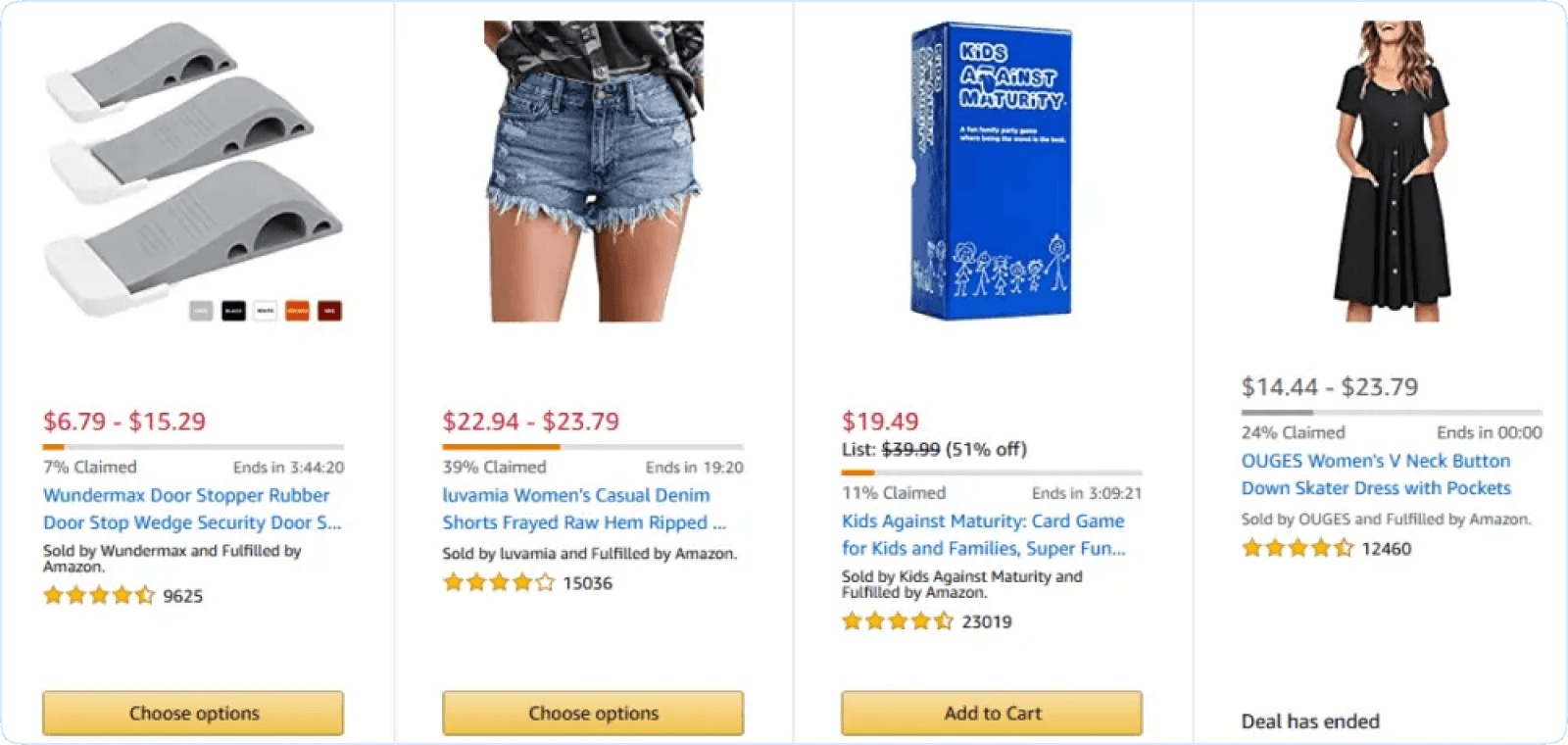
Traditional Limitations
These sales promotion campaigns more than often face huge competition. In periods of crowded promotional periods, customers receive multiple similar offers via email, push notifications, and ads. As a result, they can feel purely transactional, and people will see there is no unique emotional hook that builds brand affinity. With the demand for personalization and emotional appeal, these offers often feel flat for customers.
Gamification with Winday
Gamification can transform a time-sensitive sale from a standard “buy now” scenario into a really emotionally appealing event. Using Winday’s Instant Games and Tournaments, brands can integrate real-time challenges into their flash sale window:
- Launch a countdown timer linked to an interactive game. The better a customer performs, the greater their discount. It can be valid for only 30 minutes after play.
- Use tournament-based urgency, where a leaderboard runs throughout the flash sale and top scorers gain exclusive deals or early access to products.
- Introduce reward tiers that expire within minutes or hours. It will create an additional layer of urgency and encourage repeat engagement within the promotion period.
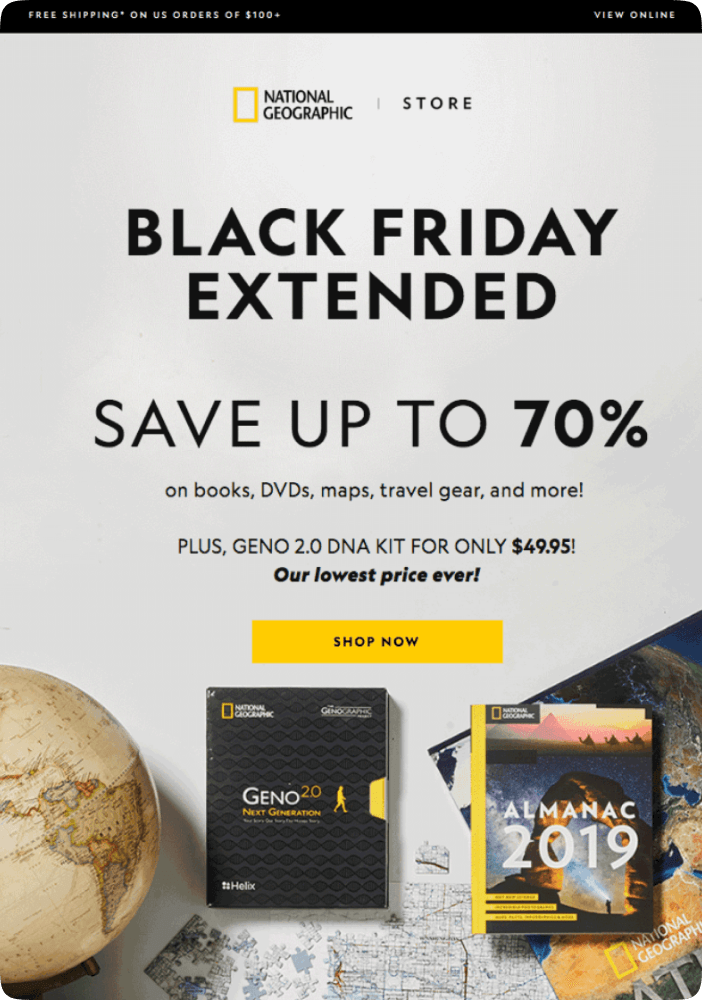
One of the product promotion examples of the National Geographic Store.
Holiday or Special Dates Promotions
Definition & Use Case
Black Friday, Valentine’s Day, and Back-to-School are, without doubt, peak moments for seasonal buying behavior. And brands are using these to introduce new sales and marketing ideas. Holiday and event-based promotions are designed for customer acquisition and retention, so if you do it in the right way with the right medium, you can expect a lot of benefits. Planning ahead with a holiday marketing calendar helps align these campaigns with consumer expectations and ensures consistent engagement.
Besides, this is where you explore really creative ways to promote a product.
For example, every November, Starbucks releases new cup designs and special drinks (the Peppermint Mocha or Caramel Brulée Latte). People anticipate the launch, post their cups online, and visit more often while the promotion lasts.
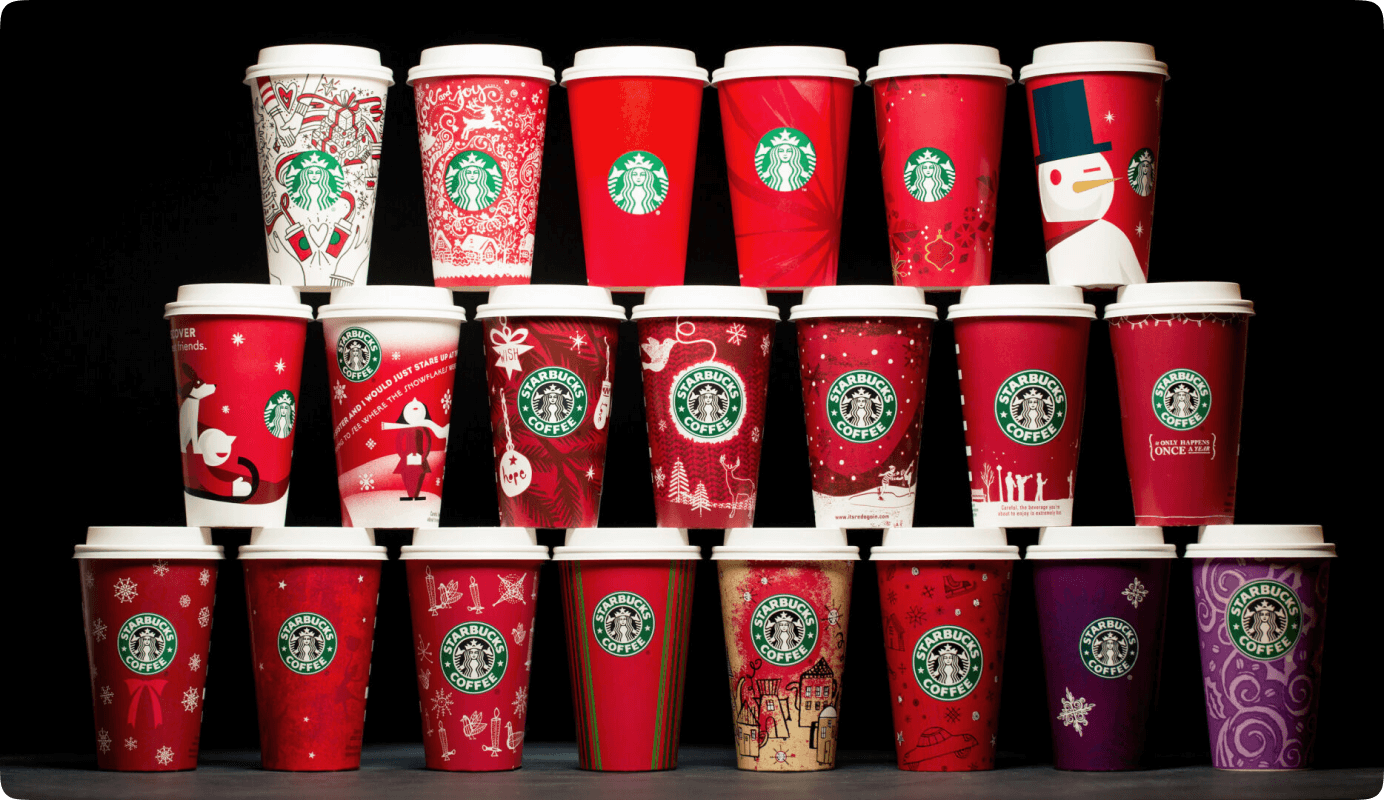
Seasonal Starbucks cup design promotion that comes with many perks and a special menu.
Common Limitations
Even though consumer activity during these periods is extremely high, the promotional space becomes oversaturated. Why? Because many brands offer the same things, they rely on repetitive discounting. That’s why individual brands might be harder to stand out or create lasting impressions.
Gamification with Winday
Winday enables brands to make seasonal promotions more than just another “crazy discount season”. It literally creates immersive, branded experiences that customers remember and share. Here’s what you can do with Winday:
- Launch holiday-themed Instant Games such as a gift-unwrapping game for Christmas or a “pumpkin smash” for Halloween.
- Run festive Tournaments with custom design and countdowns tied to the event date.
- Incorporate collectible virtual gifts or rewards across a weeklong seasonal campaign, encouraging repeat visits and increasing engagement in the days leading up to the event.
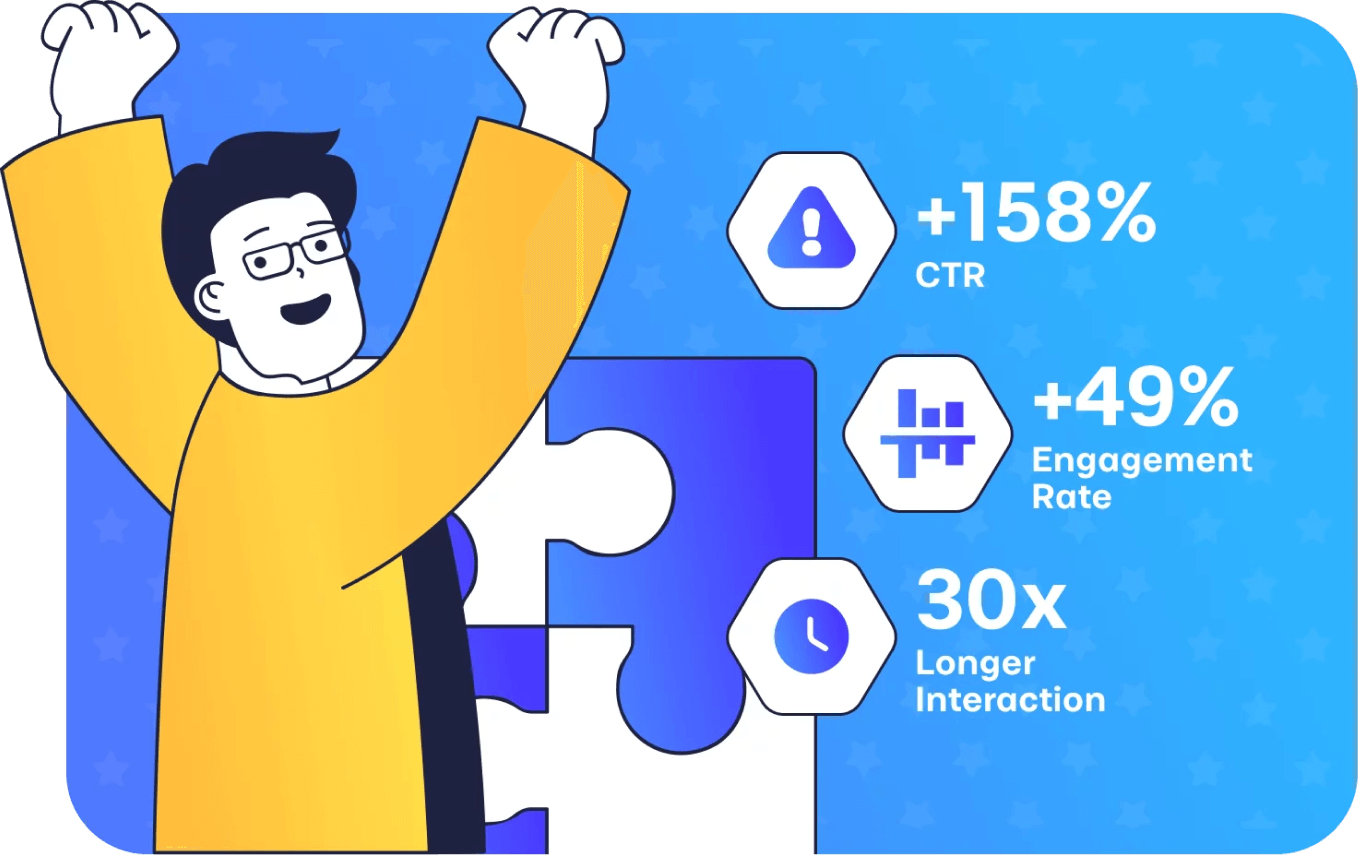
How Winday’s Instant Win games improvements customer engagement and interaction.
Free Shipping Promotions
Definition & Use Case
Free shipping is one of the most effective incentives in eCommerce business models for a simple reason: it removes a key barrier to purchase. It can easily boost average order value or encourage first-time buyers to complete their purchase.
Skwala, for example, offers Free 2-day shipping on your next order by signing up and free ground shipping on orders over $150.
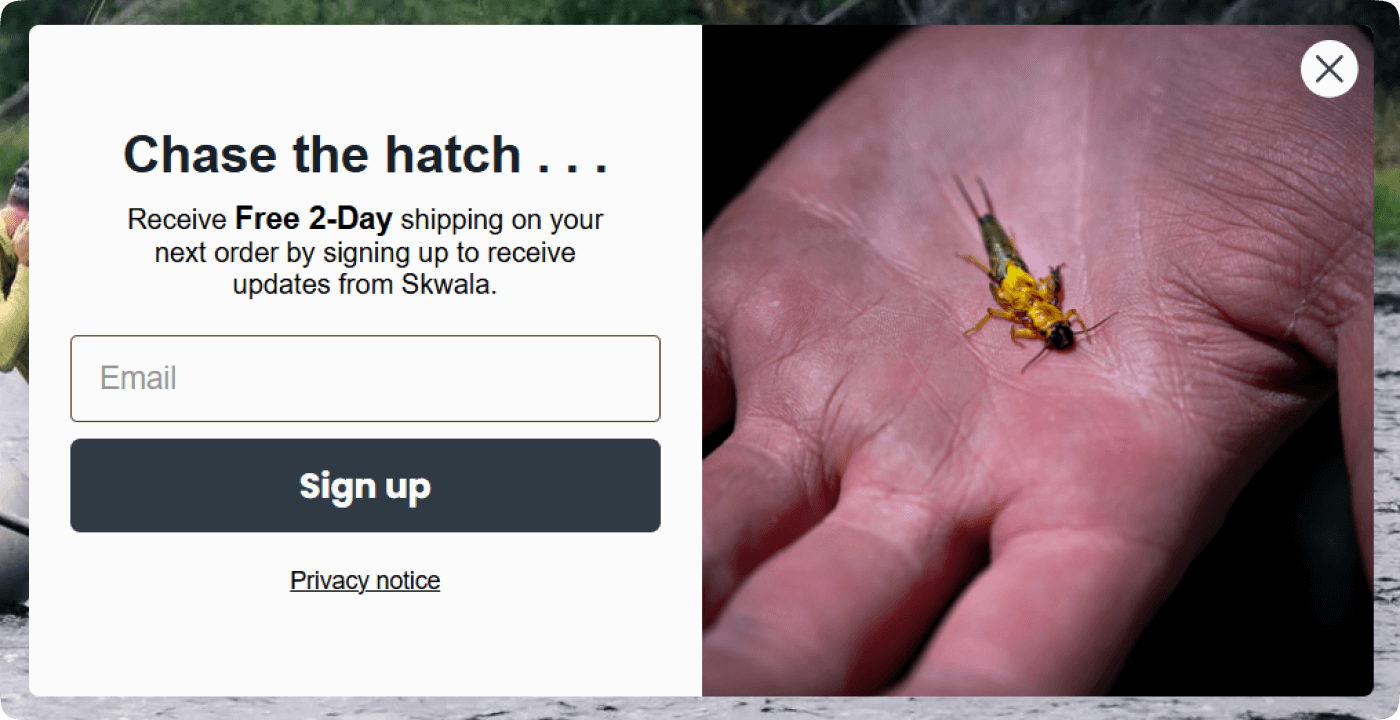
Common Limitations
The appeal of these promotional ideas to increase sales is proven. However, free shipping offers can be overlooked if presented passively. Especially in markets where customers have come to expect it as standard. If you don’t provide a compelling context, the offer risks… disappearing among similar ones or being overshadowed by more interesting sales promotion tactics.
Gamification with Winday
What does Winday do here? It simply connects free shipping to interactive experiences. Which, in turn, makes this incentive more visible and definitely more exciting:
- Customers can get free shipping by achieving a target score in an Instant Game. Another option is getting in the Top Tier of a Tournament and then getting free shipping.
- Offer tiered game rewards, with free shipping as one of several benefits, encouraging customers to keep playing for higher-value prizes.
- The offer can be combined with upselling mechanics. For example, awarding free shipping for higher-scoring players who also meet a minimum purchase threshold.
First Purchase Coupons
Definition & Use Case
First purchase coupons are designed to reduce friction for new customers. They are supposed to make it easier to take the first step and convert. In e-commerce, they are considered the best sales promotions for driving initial sales and building a customer base.
Challenges Without Gamification
First purchase coupons have been around for a long time. And now, they can appear generic just because many new customers have seen similar offers across multiple brands. Without an engaging presentation, the incentive most likely will be ignored. Or at least undervalued.
Gamification with Winday
Winday adds game mechanics that affect the welcome discount and make it more interactive. Essentially, it is a good moment that strengthens brand connection from the very first visit.
What can you do with it? Create a “welcome challenge” Instant Game for new users, where performance determines the discount. It’s one of the easiest, and, most importantly, quick ways to interest a new user. You can also embed quick games on landing pages or product category pages, allowing customers to “unlock” their welcome offer.
Another option is to personalize coupon rewards based on user performance. It may seem simple, but it does increase perceived value.
Finally, use countdown mechanics or time-based tournaments to drive faster action on first-purchase incentives.
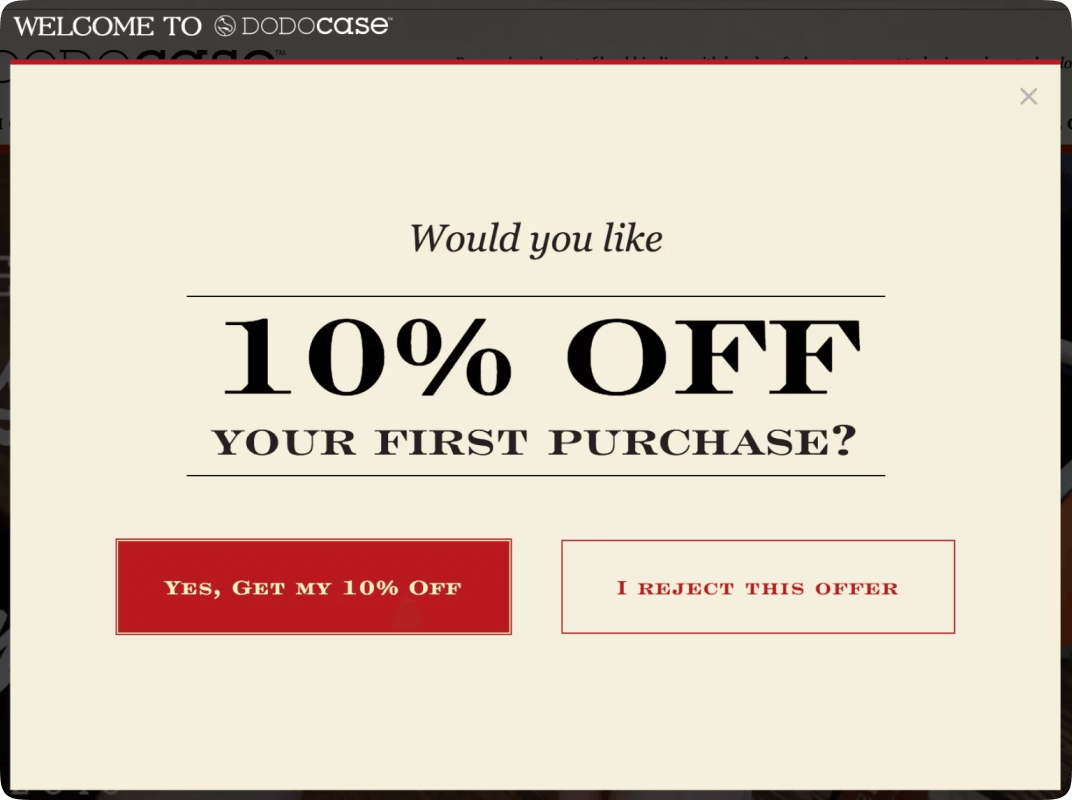
Dodocase’s discount is offered for a first purchase.
Membership offers
Definition & Strategy
Membership offers are benefits reserved for customers who join a brand’s membership program. These benefits might include all kinds of things: access to sales, special discounts, free gifts, or premium services (priority shipping or dedicated support). Any membership creates a sense of belonging and exclusivity for everyone who joins. It also encourages repeat engagement.
Why They Work
This reason, at least the main one, is actually very simple. Since members feel valued and privileged by brands, membership programs strengthen customer loyalty. Also, literally any membership can be used to personalize offers. Members are more likely to share data such as purchase history and preferences, so businesses can make it easier for customers to find what they may like.
Over time, these programs make occasional buyers move to the category of long-term advocates. One of the methods for that is offering ongoing incentives to users for remaining active. One of the good examples is the Grab delivery membership that offers a variety of vouchers for subscribers.
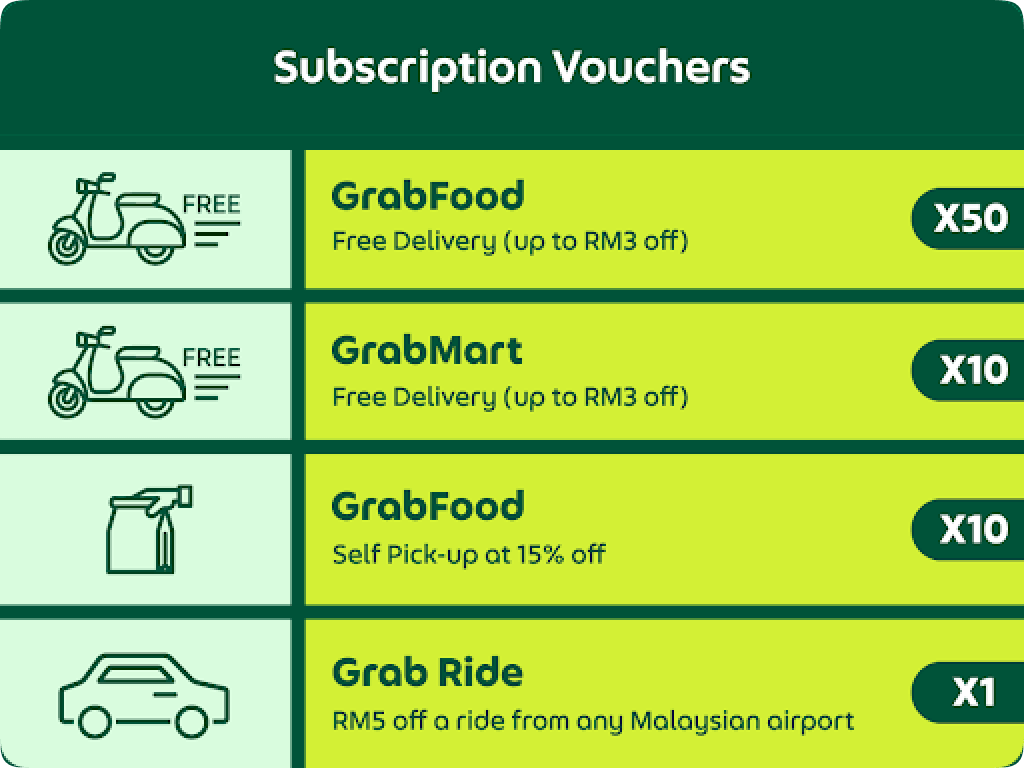
Perks for Malaysian Grab subscribers.
Challenges Without Gamification
Yes, membership programs are powerful, but still, they can suffer from:
- Membership fatigue: customers may stop engaging if rewards are the same for a long time or if they are simply uninspiring.
- Lack of differentiation: if you don’t add unique features all the time, a program will be way too similar to the offers from competitors or other businesses.
- Post sign-up drop-off: People may join, but then quickly stop interacting with the program. Why? If there’s no continuous incentive to participate, it’s likely that a membership is not interesting for these customers anymore.
How Winday Enhances Membership Offers with Gamification
In this context, Winday enlivens static membership benefits into more dynamic and ultimately interesting, habit-forming experiences. It is done through gamified features:
- Exclusive Games for members only. One of the best options is to set up member-only tournaments with valuable prizes. The main thing is to make it accessible only via a special code. You can give this code upon purchasing a membership, which can change a simple sign-up into something more exciting and intriguing.
- Tiered member competitions. Memberships can include different tiers, where each unlocks access to higher-level tournaments and better rewards. The main feature of this structure is that it motivates members to upgrade. Plus, they will stay engaged over time.
- Private access and the scarcity effect. If you do a simple thing and limit tournament participation to code-holders, there will be a sense of scarcity and exclusivity. The rewards, in this context, are more valuable, and the membership itself is more desirable.
Membership doesn’t have to be eventless and boring. With Winday, a passive benefit can become an interactive experience that keeps members active, and, what’s even more important, emotionally invested in the brand.
💡 Did You Know?
Member-only games can keep program participation rates 25–40% higher over time compared to static monthly perks.
Referral Programs
Definition & Strategy
A referral program is a marketing approach where existing customers are encouraged to introduce a brand to new people. As simple as that. To make it worthwhile, brands reward the referrer (and sometimes the referee) for each successful referral. Rewards can include:
- Discounts;
- Store credits;
- Loyalty points;
- Free products;
- Exclusive perks.
The idea is simple: happy customers become advocates, and in return for talking about your brand, they get something valuable back. In this way, regular shoppers may become active promoters of the brand.
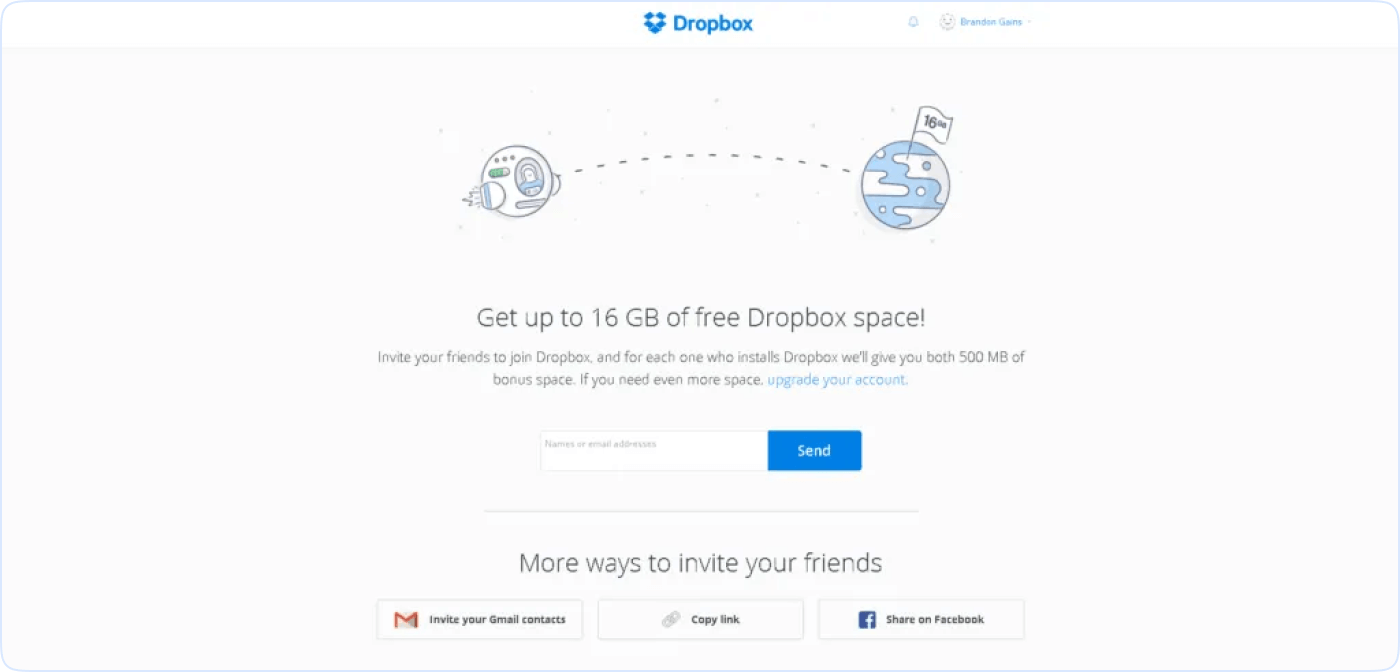
An example of a referral offer by Dropbox.
Why They Work
Referral programs are among the most cost-effective and trusted marketing tactics. Why? For starters, there is a trust factor. People are more likely to try a product recommended by a friend or family member than by another ad. And it’s not hard to understand the psychology behind it, right?
There is also organic reach. No need to pay for mass advertising when you can use natural, ultimately more sincere, word-of-mouth promotion. Besides, referrers feel valued and more connected to the brand when rewarded for their efforts.
Challenges Without Gamification
Traditional referral programs can run into problems if they rely on repetitive tactics. If the rewards or process feel boring, customers simply… won’t engage. That’s a harsh reality.
Flat experience also destroys participation. A “share this link” button doesn’t create excitement, and not many people will do anything after seeing this generic message.
One more quite typical scenario: sometimes the referrer is interested, but the referee isn’t, or vice versa. This weakens the whole chain, and to get it to work becomes harder.
How Winday Club Can Gamify and Energize Referral Promotions
With Winday Club, referrers won’t just be sharing links. Promotions, in this case, are literally games. A referrer can quickly create and publish a branded game on Winday Club that gives out discount codes as rewards. The discount codes are linked to the brand, so every play feels like a mini marketing campaign.
To make it even better, the referrer attaches a referral tracking link with parameters and UTMs inside the game. This way, when people play, grab a discount, and go shopping, the referrer automatically earns their commission. It’s an engaging way to promote a brand and a smarter way to run referral promotions.
Why Gamified Promotions Drive Higher Results
Gamified promotions use well-documented behavioral psychology principles to deepen engagement and improve campaign outcomes. What’s working here? The elements of play, unpredictability, and achievement trigger intrinsic motivators that standard promotions often overlook. But to be more precise, there is a whole set of things:

- Dopamine triggers: The anticipation of a potential win, paired with the satisfaction of achieving it, activates the brain’s reward pathways. In a way, we are all looking for that, right? When it comes to sales promotions, gamified solutions make the interaction more memorable and reinforce repeat engagement.
- FOMO: This is one of the most famous sentiments these days, and different marketing approaches use it a lot. It works because time-limited or exclusive game-based offers encourage quicker decision-making.
- Reward loops: Structured sequences where action leads to reward keep users returning and interacting with the brand over long periods of time.
- Unpredictability: Since there are different outcomes (many prizes or reward tiers), sustaining interest longer than fixed rewards is much easier. Plus, customers are driven to “try again” for a better result. This is one of the most powerful sales marketing ideas.
Winday implements these principles at scale, offering ready-to-deploy game formats, prize-tier management, and integrated analytics. This enables brands to focus on the creative and strategic aspects while Winday ensures a seamless experience across acquisition, engagement, and retention stages.
Why Gamified Promotions Drive Higher Results
Gamification does not replace traditional promotions; it enhances them by adding an interactive layer that attracts attention and drives action. The following Winday framework can guide integration:
- Choose the core promotion: The first thing you have to do is to decide on the base offer. What would that be? A discount, referral incentive, or contest entry?
- Select gamification format: Depending on your goal, pick from Instant Games for quick engagement or Tournaments for more extended participation. For example, McDonald’s in its timeless Monopoly game offered instant-win prizes.
- Align rewards and goals: You shouldn’t offer random prizes or incentives. They need to reinforce the main promotional objective your brand has. Increasing AOV, boosting sign-ups, or driving referrals – in any case, they all should be tied to your goals.
- Publish to multiple acquisition channels: It is important to use more than one place of distribution. So, you can publish the gamified promotion via email, social media, paid ads, and on-site placements for maximum reach.
- Publish to Winday Club: There is no need to look for a community if you already have one. You can expand visibility by sharing the campaign in Winday Club, a community where users actively look for engaging offers.
- Launch and monitor KPIs: Finally, track performance indicators such as participation rate, conversion rate, and repeat engagement to optimize your offers for better results.
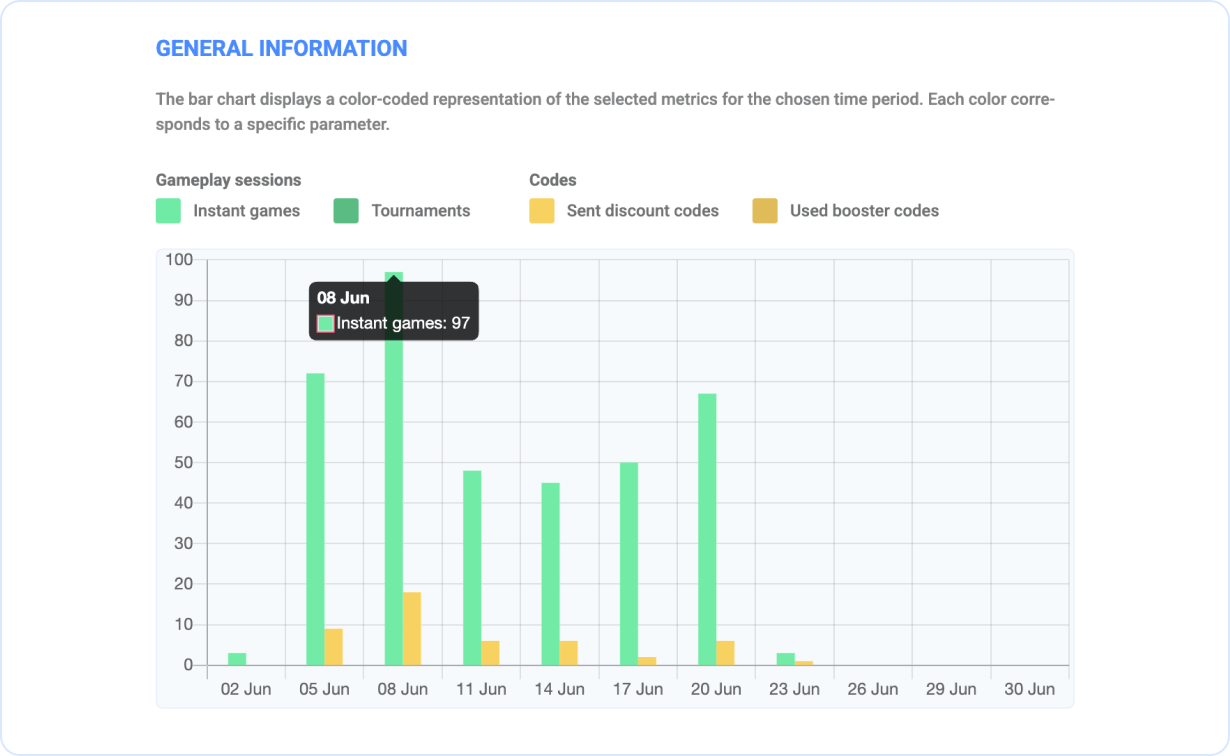
Winday’s analytic dashboard allows you to see the stats across campaigns.
Winday provides an end-to-end solution that allows for coupon sales promotion, implementing creative sales marketing ideas, and tracking everything to achieve more.
Once registered, you will find pre-built game templates, prize distribution management, and performance dashboards. You’ll be able to quickly implement and scale gamified campaigns without adding operational complexity.
Final Takeaways and Recommendations
Mixing traditional sales marketing ideas with gamification is more than just a nice-to-have. In fact, it’s a proven way to boost engagement, drive repeat actions, and ultimately, close more sales. Promotion examples in marketing, like discounts, limited-time offers, and loyalty perks, become far more powerful when you pair them with more interactive elements: challenges, leaderboards, or reward tiers.
If you want to bring creative sales ideas to life without juggling multiple tools, Winday offers everything you need to run gamified promotions from one place. You’ll have an easy setup, versatile reward options, and tracking that keeps you in control and allows for
Ready to supercharge your next campaign with Winday?
Rate this article
Keep Learning
How to Improve Customer Retention: Traditional Strategies and Gamification Approach
Every business seeks a way to make customers come back. What traditional retention strategies are there, and how can gamified tools like Winday games help? In this article, we break it all down.
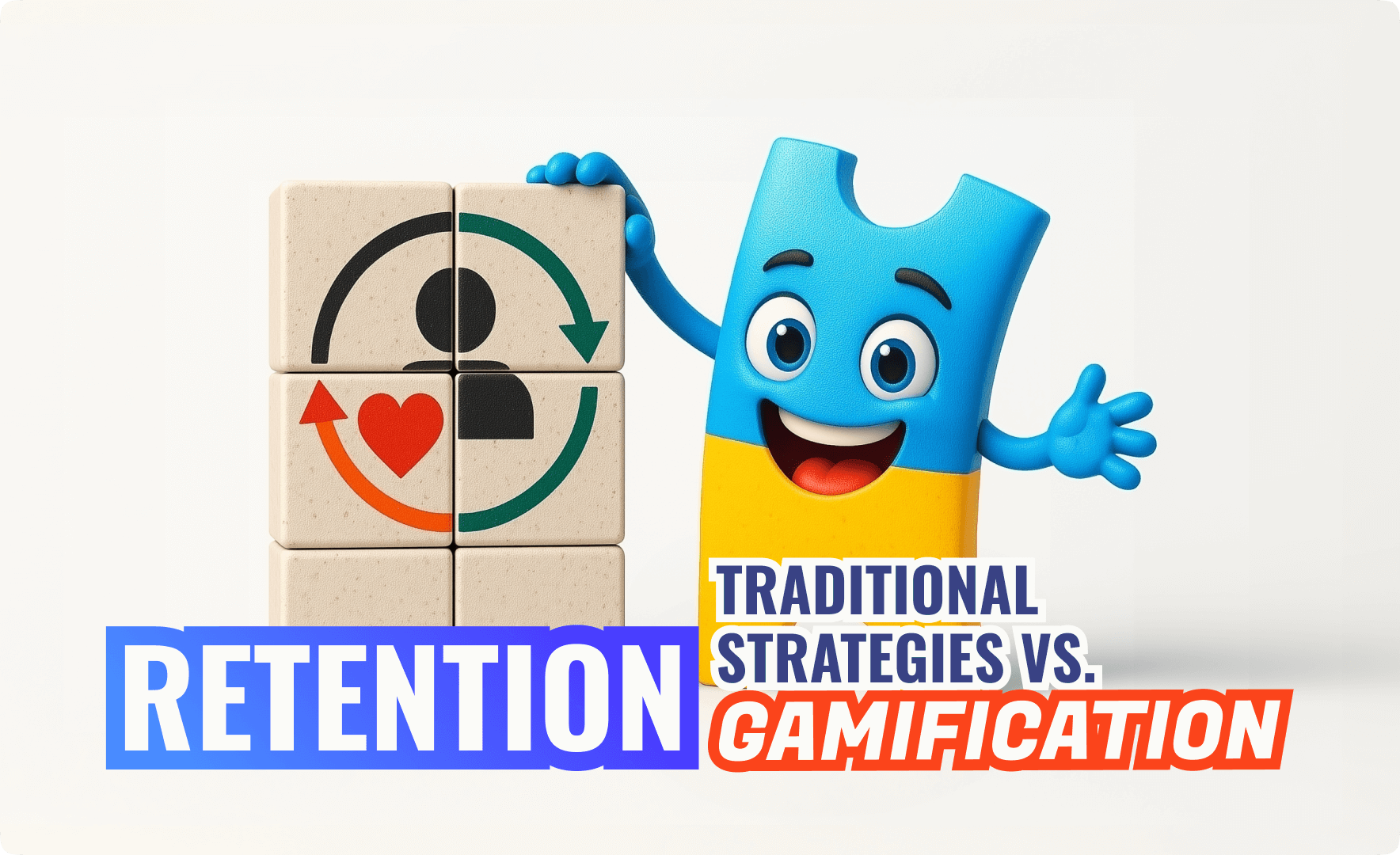
What is Brand Engagement and how to increase it with Gamification
What is brand engagement, and what is the role of gamification in it? In a this article, we explore brand engagement and how gamified elements can improve it in your business.
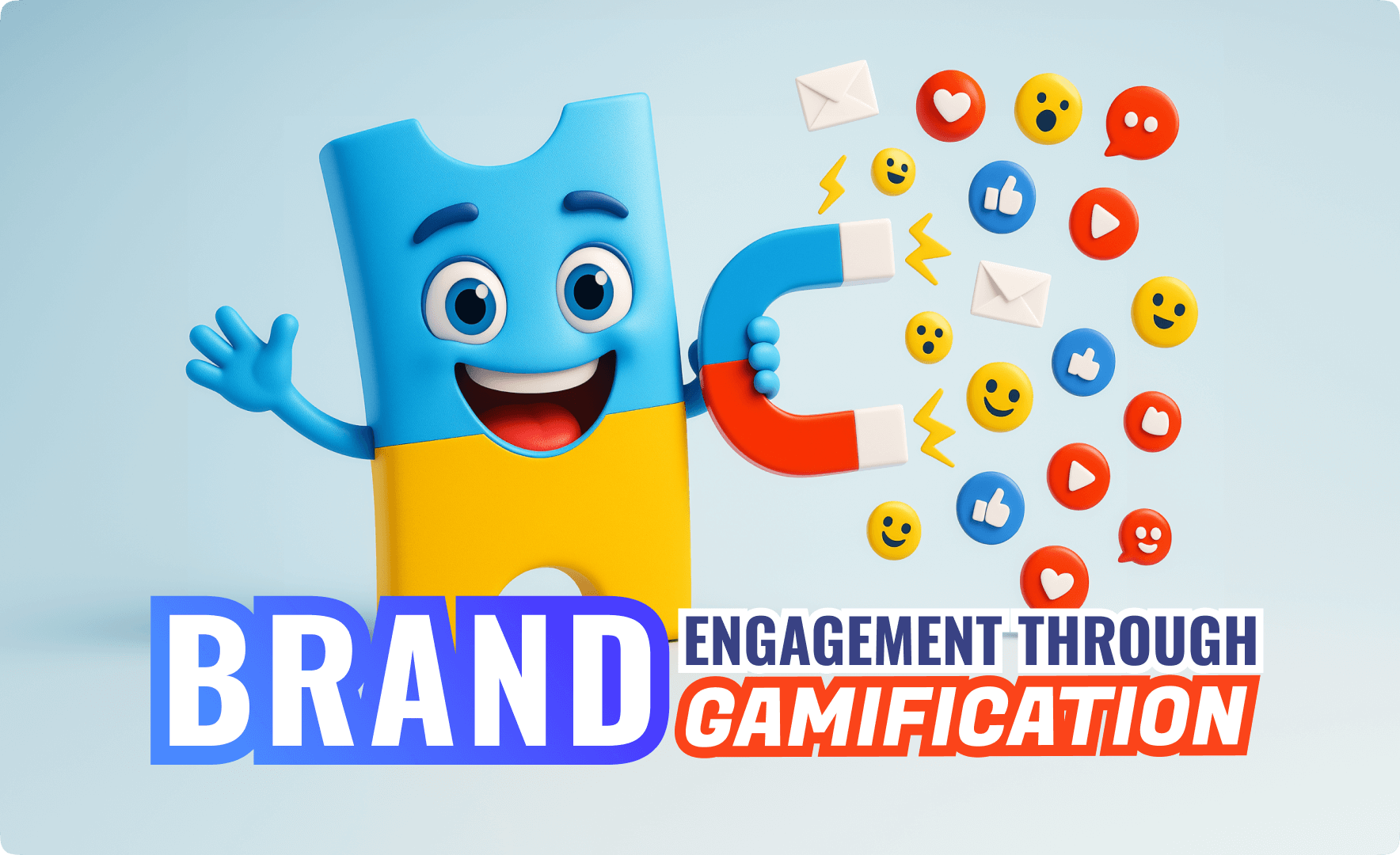
10 Creative Halloween Marketing Ideas in 2025 with a Gamification to Skyrocket Sales
Halloween is one of the most marketed holidays worldwide. However, traditional promos don’t grab attention anymore. Learn how gamification enhances Halloween marketing with fun experiences.
